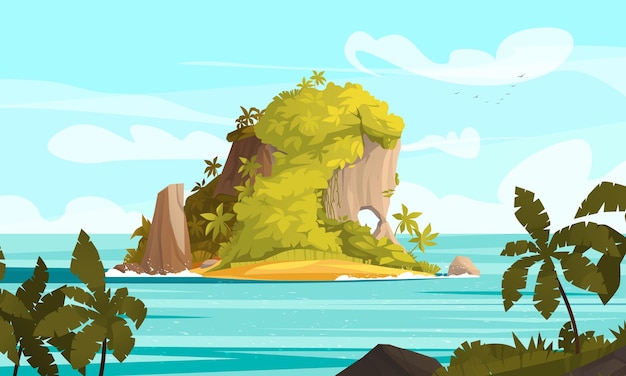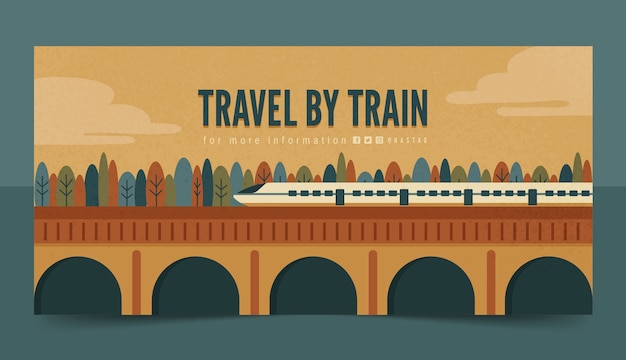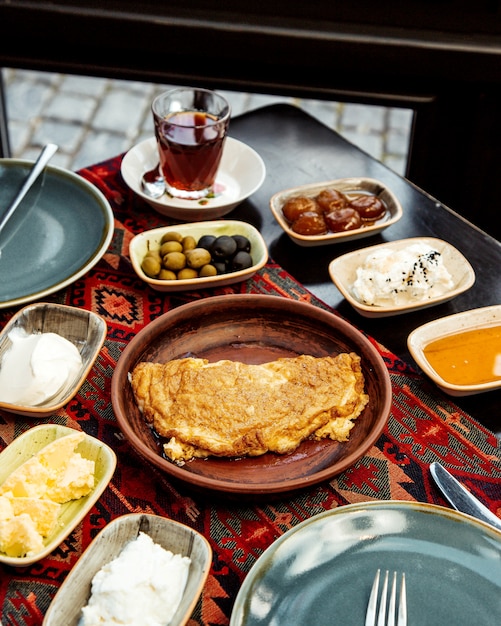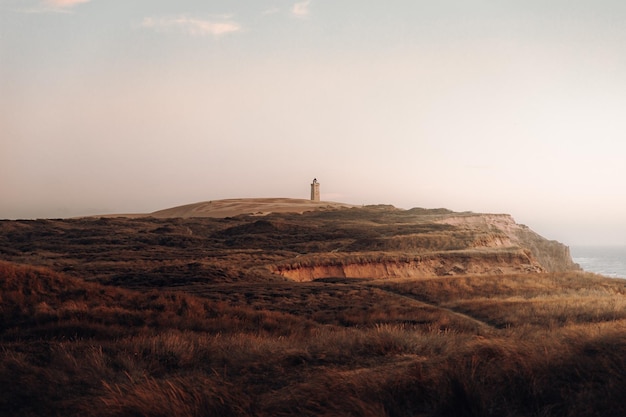
Heather embarked on a boat trip to Skomer Island, a wildlife sanctuary off the coast of Pembrokeshire in Wales. She enjoyed walking through fields of bluebells, getting close to the elegant puffins nesting there, and spotting seals and other wildlife.
From the small landing stage at Martin’s Haven, we crowded onto the Dale Princess for a short boat ride to Skomer Island. This visit was a highlight of our walking weekend with Macs Adventure, part of their Best of Pembrokeshire itinerary, as we were there at the start of the puffin nesting season in May.
The open boat could seat up to 50 people, shoulder to shoulder on wooden benches. Once seated, the skipper joked, “Squeeze up! We need to get another 50 on board.” The sea was a milky green-grey with gently rolling waves, and I wondered if Guy would regret having those kippers for breakfast. A young lad on the bench opposite had his binoculars ready and excitedly exclaimed, “I’ve seen a seal!” but nobody quite believed him. Luckily, before we had time to feel seasick, we landed on Skomer Island and climbed the steep steps to the information point where the warden was waiting for us.
The warden gave us a brief introduction to Skomer Island, which is owned by the Welsh government but managed by the Wildlife Trust of South and West Wales. The island is a unique wildlife habitat for seals and seabirds, including the largest colony of 600,000 Manx Shearwaters in the world. These seabirds are agile at sea but clumsy on land, returning to their burrows at night to avoid predators, making a soulful call that mariners once thought was the cry of drowned sailors’ ghosts.
While the Manx Shearwaters are fascinating, most visitors, including us, came to see the puffins. With their photogenic orange legs and bills, puffins feature on practically every local postcard and souvenir. Twenty thousand of them nest on Skomer Island, and since they are unafraid of humans, it’s one of the few places where you can get really close to them without needing a telephoto lens.
The warden suggested we head first to the visitor’s center in the middle of the island, then follow the path around the cliffs towards the Wick, where most of the puffin burrows are found. The golden rule is to stick to the path, as practically every other square inch of land on Skomer is full of burrows that could collapse if trodden on. We wouldn’t want to squash a seabird or rabbit, would we?
At the visitor’s center, we learned that Skomer was inhabited in prehistoric times, and some of the stone boundary markings on the island are from this period. In the Middle Ages, rabbits were introduced to the island and farmed for their meat and fur. Today, while the rabbits keep down the vegetation so puffins can build their burrows, the island is quite barren. We passed a few wire enclosures where vegetation was protected from rabbits to let it recover.
In the 19th century, a farm was established, and potatoes were grown until the last farmer, Reuben Todd, left in the 1950s and sold the island to the Welsh Government. The old farmhouse is now a ruined shell, but a new building has been constructed along one side of the enclosure, housing accommodation for researchers and overnight visitors, as well as a small visitor center. There are compost toilets and a picnic area with a glazed roof providing shelter from wind and rain within the old farm building walls.
After reading about the island’s history in the visitor’s center, we followed the path towards the Garland Stone, where seals and dolphins are often seen. The grassy paths led through a sea of bluebells, gently shivering in the breeze, with a faint fragrance in the air. They were so beautiful that I couldn’t resist stopping to take plenty of photos, while Guy marched off into the distance.
At the Garland Stone, there were a few rocky outcrops where you might sit for a picnic overlooking the cliffs, but with a cloudy sky, it wasn’t really picnic weather. The wind was increasingly bitter as we walked on, and I pulled my hood up over my warm beret and scarf, thankful I’d brought them. Every so often, we saw piles of bones and feathers where a Manx Shearwater had met its end, preyed on by the island’s owls and seagulls.
On the northern side of the island, the bluebells were mixed with pink campion and other white wildflowers, surrounded by burrows everywhere, giving the ground a sponge-like appearance. We passed a few enclosures of chicken wire, set up to protect the bracken and heathland from rabbits and allow it to regenerate. As the rabbit population seemed problematic, I wondered why they didn’t reduce their numbers as in past centuries, by selecting a few for rabbit stew.
Conscious of the time before our boat left, we hurried along the path to The Wick, known for its large puffin colony. Before us was an impressive 100-meter-high sea cliff with a sheer drop and the screeching of seagulls filling the air. The path was bounded by ropes on both sides to keep visitors from stepping on the many burrows or getting too close to the nesting puffins.
Every so often, a puffin would pop out of a burrow, preen itself, pose for photos, and then pop back inside. Puffins, with their orange legs and bills, are very distinctive. Having seen so many close-up photos, I thought they would be larger, perhaps the size of a small penguin. In fact, they are about the same size as a seagull but more elegant, looking a bit like butterflies as they flap their wings to take off.
From the beginning of May, puffins start arriving on Skomer, digging out holes and laying eggs. Standing at The Wick, you are in the middle of their bedrooms and living rooms. This is not the place to lay out your picnic or stay too long, as the puffins need to move freely and go about their business on both sides of the footpath. June is probably the best time to visit the puffins on Skomer, as this is when their chicks have hatched, and the adults are going to and from their burrows with fish to feed their young, offering plenty of puffin photo opportunities.
With a little time to spare before the 3 pm boat back to the mainland, we settled in a sheltered spot by a rock. A Jackdaw joined us, hopping around without fear. Guy started to feel nervous with the bird circling us so closely, as if we might become victims in the film “The Birds,” although the bird was probably just hopeful we would share our picnic.
Back past the lime kiln above the landing stage, we spotted a large colony of seals lazing on a small, inaccessible beach. Then it was time for the return trip on the Dale Princess. The weather seemed to be brightening a little, and the water was aquamarine, but I was still feeling the need for a hot bath after a day on such an exposed island.
As I walked up the lane from the boat, the man in front of me said to his wife, “Well, I won’t come back to Skomer to walk around the island, but I’ll come back to look at those puffins any day,” he paused, “and maybe those bluebells as well.”
Our bed and breakfast accommodation was arranged by Macs Adventure as part of the Best of Pembrokeshire Walking holiday. All the places we stayed were of a high standard with a friendly welcome and substantial breakfast. The night before our visit to Skomer, we stayed at The Clock House in Marloes, where bed and breakfast costs £42-47 per person per night.
The Clock House B&B in Marloes has an adjoining cafe where we had breakfast. It is opposite a clock tower built of local stone in 1904 in memory of the local lord of St Bride’s mansion. Our small room on the first floor had white walls and cheerful blue furnishings, a seaside theme with a stripy deckchair and spotty blinds, an en suite shower room, and plenty of puffins on the wall. The next morning, the friendly proprietor Sue Twydale made us a hot strong coffee, and we enjoyed a cooked breakfast of kippers for Guy and eggs benedict for me to fortify us for our visit to Skomer Island. Sue explained that only 250 people are allowed on the island each day and that in the height of summer, people arrive early to get their tickets. We enjoyed our stay at the Clockhouse B&B, which was only a 10-minute drive to the embarkation point for Skomer Island.
During our weekend with Macs Adventure, we also stayed at Sunset B&B in Broad Haven, where B&B costs £70 per room for two people sharing or £50 for single occupancy, and The Coach House in St Davids, where double rooms B&B are £65-85.
To visit Skomer Island, drive or walk to the small harbor at Martins Haven, where there is a car park run by the National Trust – parking costs £5. Be sure to take a picnic with you as there are no refreshment stops on the island. There is a small gift shop nearby where you can buy souvenirs, water, ice creams, and hot coffee, as well as tickets for the Skomer Island landing fee of £10 per person (children free). Additionally, the 15-minute boat ride costs £11 for adults and £7 for children, paid in cash on the boat. Boat trips run daily (weather permitting) at 10 am, 11 am, and 12 noon, with additional boats at peak times. A maximum of 250 people can land on Skomer each day, and each boat can take up to 50 people









